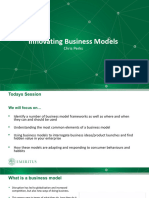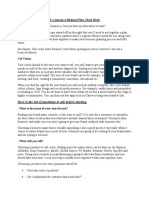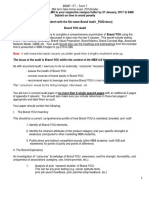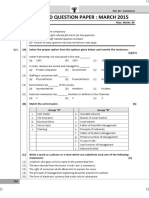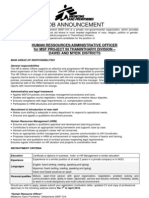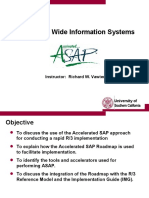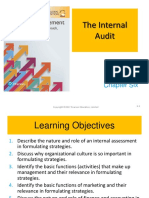0% found this document useful (0 votes)
5 views8 pagesModule 3 TP
The document outlines the Business Model Canvas, detailing key components for developing a technology-based business model, including customer segments, value propositions, channels, revenue streams, key resources, activities, partnerships, and cost structures. It emphasizes the importance of understanding customer needs, building strong relationships, and creating a competitive advantage through innovation and data-driven insights. Additionally, it discusses customer acquisition and retention strategies, highlighting the significance of personalized communication and continuous improvement.
Uploaded by
vitamilk.dvdCopyright
© © All Rights Reserved
We take content rights seriously. If you suspect this is your content, claim it here.
Available Formats
Download as PDF, TXT or read online on Scribd
0% found this document useful (0 votes)
5 views8 pagesModule 3 TP
The document outlines the Business Model Canvas, detailing key components for developing a technology-based business model, including customer segments, value propositions, channels, revenue streams, key resources, activities, partnerships, and cost structures. It emphasizes the importance of understanding customer needs, building strong relationships, and creating a competitive advantage through innovation and data-driven insights. Additionally, it discusses customer acquisition and retention strategies, highlighting the significance of personalized communication and continuous improvement.
Uploaded by
vitamilk.dvdCopyright
© © All Rights Reserved
We take content rights seriously. If you suspect this is your content, claim it here.
Available Formats
Download as PDF, TXT or read online on Scribd
/ 8






















